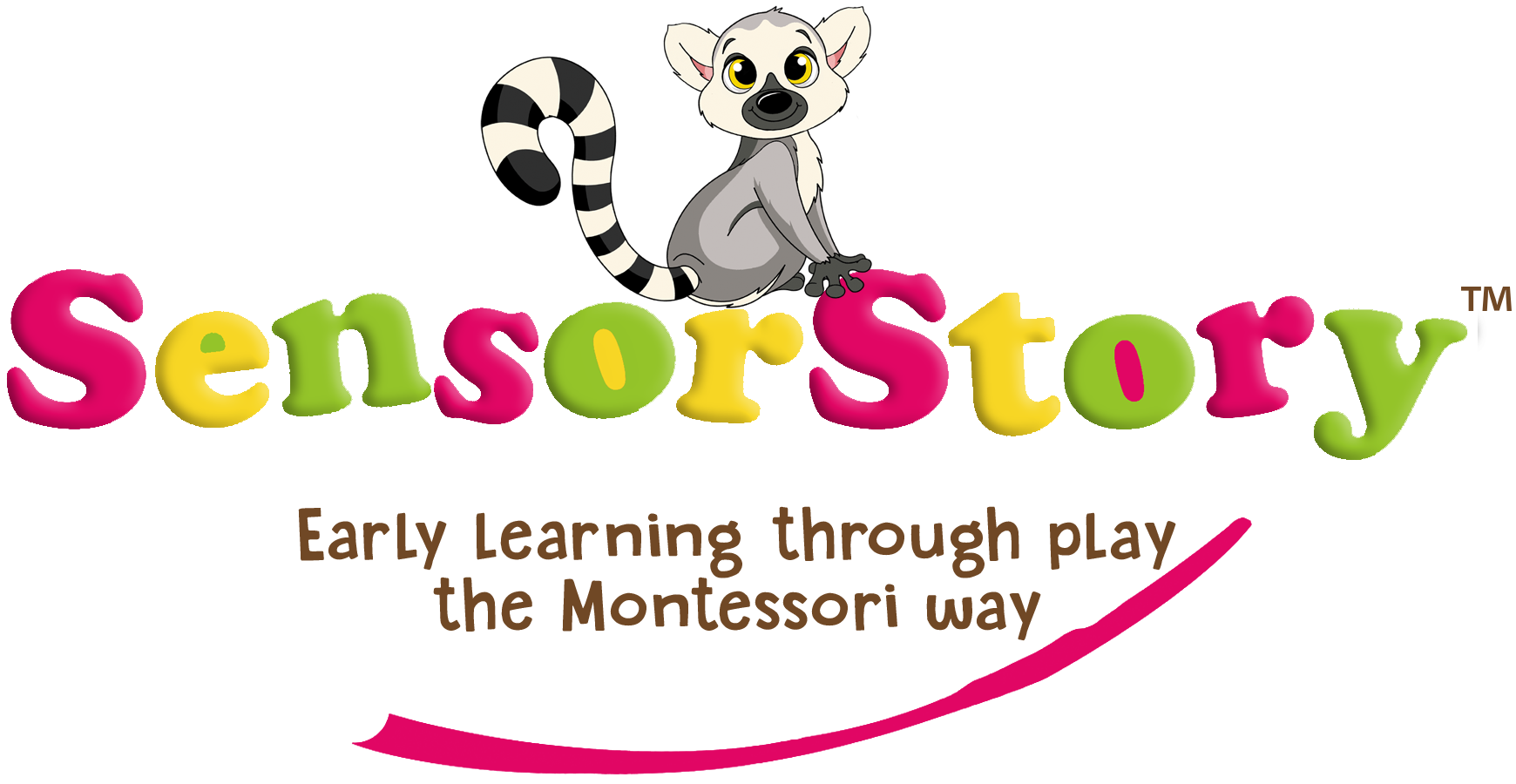Consider rotating toys to keep them fresh without getting rid of them entirely - Implementing toy rotation can enhance your toddler's play experience.
Research shows that offering fewer toys leads to more meaningful engagement and exploration, playing in a deeper way than toddlers who have an abundance of unordered available toys.
The parents of the toddlers in the study had, on average, 90 different toys at home!
Montessori supports a minimalist approach with neatly arranged, spaced-out toys.
We have summarised a few suggestions on how to rotate toys in your Montessori aligned play space:
* Consider placing 9 to 12 items on a low shelf for easy self-selection, while storing others out of reach.
* Observe your child's preferences over a few weeks and rotate toys accordingly, focusing on what captures their interest.
* Change toys no more than once a week. Some favorites can stay for an extended period depending on what your child is showing interest in. Babies like to have points of references to help them to orient and toddlers in particular have a strong sense of order and it may be too much if everything changes at once.
* Toddlers are likely to show far more interest in "undone" toys, rather than displaying a completed puzzle, using containers for organisation.
* Use baskets or trays to organise and display activities, providing everything that is needed for that activity on the tray e.g, for a pouring activity we would include a cloth the child can use to mop up any spills.
* Apply a similar rotation approach to books.
* Perform the toy rotation discreetly when your child is not around, keeping favourites in the same place to maintain familiarity and order.
The main reason it works like a dream is because there is
a place for everything and everything is in its place - read more here!
